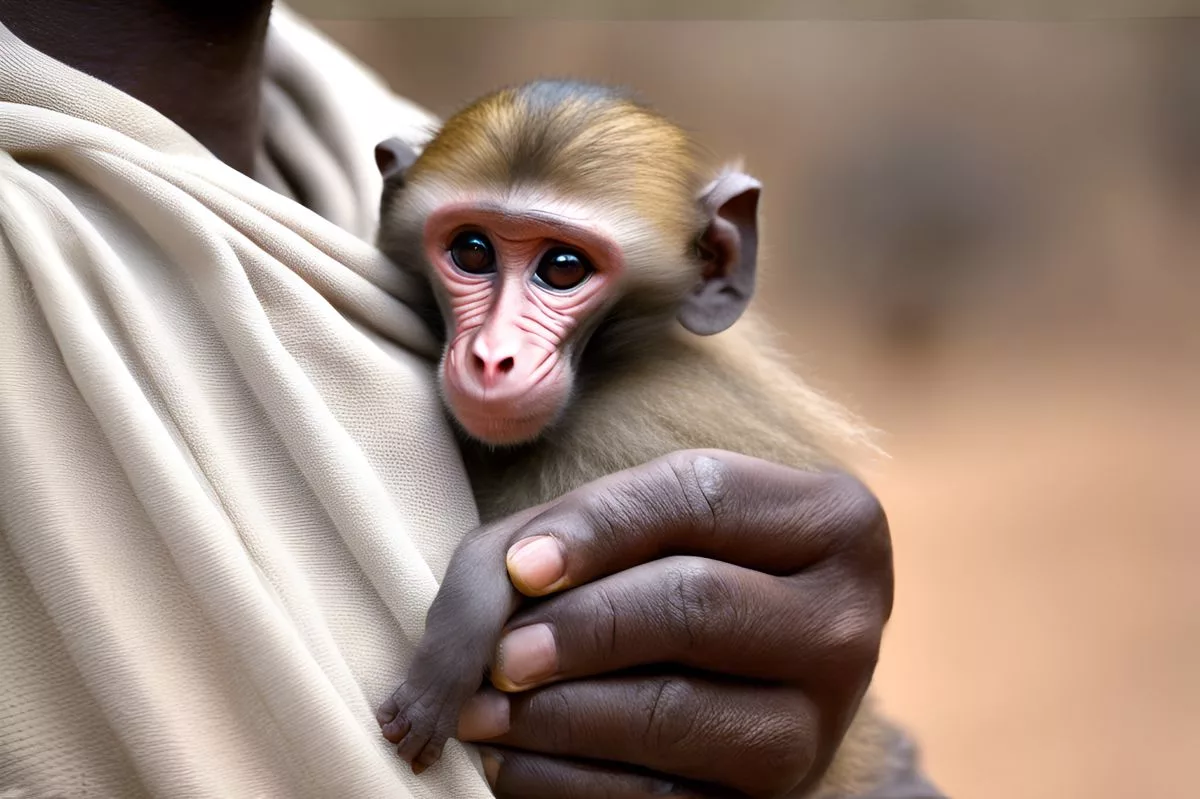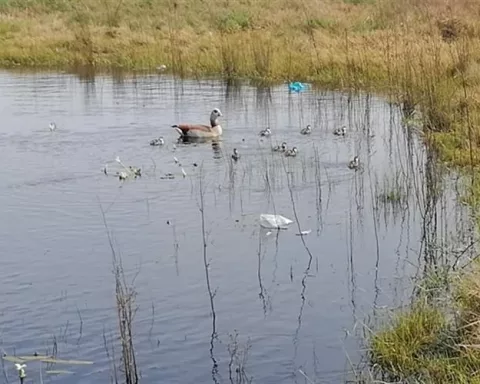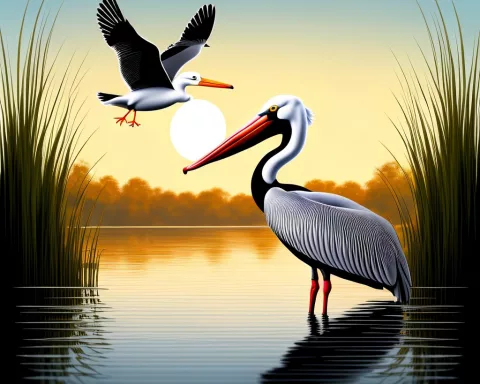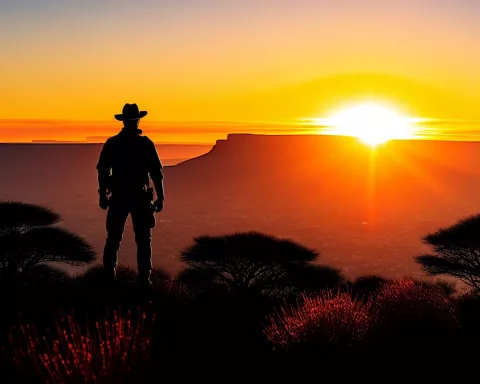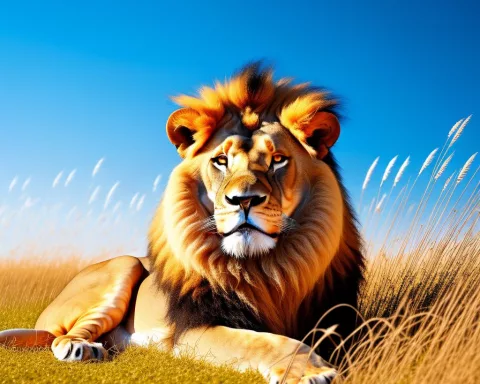A baboon accidentally stowed away in a car and traveled 46 kilometers before being discovered by the driver’s children. SPCA cadet inspector Clodeen Arnolds rescued the baboon and ensured it received essential fluids and nourishment before transporting it to the SPCA Wildlife unit. The baboon was reunited with its troop and serves as a reminder to inspect vehicles before traveling and respect and protect the animal kingdom.
The Unexpected Stowaway: A Tale of Compassion and Conservation in South Africa
A young chacma baboon took a 46-kilometre trip behind the radiator of a car in South Africa. SPCA cadet inspector Clodeen Arnolds extricated the primate, provided essential fluids, nourishment, and then transported it to the SPCA Wildlife unit. The baboon was given a clearance for its safe return home and was successfully reunited with its troop. The story serves as a reminder to inspect vehicles before traveling and marvel at the inherent wonder and curiosity of the animal kingdom.
An Unexpected Discovery
In the lively South African locale, within the Cape of Good Hope, the Society for the Prevention of Cruelty to Animals (SPCA) stands as a champion for wildlife. Their relentless efforts often lead them to encounter ‘hidden hitchhikers‘ – animals that inconspicuously smuggle themselves into various parts of vehicles. The assortment of these hitchhikers is as varied as the landscape itself including the likes of dassies, snakes, mice, mongooses, cats, and dogs, all secretly lodged in secluded sections of cars, trains, and trucks. Nevertheless, one sunny Friday afternoon, a situation unfolded that was far from the norm.
A weary motorist, after spending a long day at a plantation in Stellenbosch, came home to a surprising discovery. His children were the first to detect an odd stirring within the car’s engine. This led to the revelation of a young chacma baboon, comfortably ensconced behind the radiator of his red Hyundai. Unbeknownst to the exhausted driver, this little creature had quietly traveled a staggering 46-kilometre distance. The situation was immediately reported to SPCA cadet inspector Clodeen Arnolds, who happened to be in the vicinity, concluding her day’s duties.
A Swift Response
Arnolds tackled the matter with commendable professionalism, sprinkled with a touch of empathy. She delicately extricated the entrapped baby primate, with the assistance from a group of benevolent onlookers. Once the young baboon was safely secured and swaddled in a blanket, she selected a serene location to await the arrival of Wildlife Officer Joshua Campbell.
Now named ‘Curious George’ by the department, the baboon was transported to the [SPCA Wildlife unit](https://capetown.today/unveiling-the-hidden-truth-of-wildlife-rehabilitation-shocking-findings-at-eagle-encounters/). There, it was given a thorough evaluation by a veterinarian, provided essential fluids, nourishment and ultimately, a clearance for his safe return home.
A Joyful Return
As the first light of Sunday morning warmed the day, Curious George was prepped for his voyage back to his dwelling in Jonkershoek, just outside Stellenbosch. Wildlife Department supervisor Jon Friedman, with the aid of the local neighborhood watch, succeeded in finding the baboon troop on the way to Jonkershoek. The following sequence of events was straight from the pages of a heartwarming children’s story.
The homecoming of the youthful explorer was met with what can aptly be termed joyous astonishment from the troop. As George emerged from his travel box, the air filled with high-pitched cheers of happiness. He joined his peers on the other side of the road, and after a few warm embraces and playful skirmishes, they vanished into the verdant depths of the forest.
Lessons Learned
While Curious George’s story concluded on a happy note, it serves as a powerful symbol of the unforeseen intersections between human advancement and the natural world. The SPCA underscores that George was exceptionally lucky to have completed his unplanned journey unharmed. They urge drivers to routinely inspect their vehicles, and to gently tap or knock before setting off on their travels. This straightforward act could potentially deter animal hitchhikers and avoid perilous situations, sparing other creatures the ordeal that Curious George had to bear.
The narrative serves as a reminder to marvel at the inherent wonder and curiosity of the animal kingdom while also promoting its respect and protection. The tale of Curious George stands as a tribute to the empathy and commitment of the Cape of Good Hope SPCA, their work a beacon of hope in a world where the symbiosis of mankind and nature is a fine line.
1. What was the unexpected discovery made by the driver’s children?
The driver’s children discovered a young chacma baboon that had stowed away in their car and had traveled 46 kilometers before being discovered.
2. Who rescued the baboon and what did they do?
The baboon was rescued by SPCA cadet inspector Clodeen Arnolds. She provided the baboon with essential fluids and nourishment before transporting it to the SPCA Wildlife unit.
3. How was the baboon reunited with its troop?
The baboon was successfully reunited with its troop with the aid of Wildlife Department supervisor Jon Friedman and the local neighborhood watch. They found the baboon troop on the way to Jonkershoek and the homecoming of the youthful explorer was met with joyous astonishment from the troop.
4. What lesson can be learned from this story?
The story serves as a reminder to inspect vehicles before traveling and to respect and protect the animal kingdom. The SPCA urges drivers to gently tap or knock their vehicles before setting off on their travels to potentially deter animal hitchhikers and avoid perilous situations.
5. What other animals have been known to be hidden hitchhikers?
Other animals that have been known to be hidden hitchhikers include dassies, snakes, mice, mongooses, cats, and dogs.
6. What is the Cape of Good Hope SPCA?
The Cape of Good Hope SPCA is a society for the prevention of cruelty to animals in South Africa. They work to protect and care for wildlife in the area and promote the respect and protection of the animal kingdom.

